 What is the Ramsar Convention?
What is the Ramsar Convention?
Wetlands play a vital role for all living things, including human beings. Abundant in nature, wetlands are home to diverse plants and creatures, providing valuable feeding grounds for wild birds and other animals. They also benefit us humans in terms of agriculture, fishing, tourism, water supply, and disaster prevention.
To protect such important wetlands from destruction by reclamation and landfill, an international conference was held in the Iranian city of Ramsar on February 2, 1971. Called the Ramsar Convention, it's officially known as, "The Convention on Wetlands of International Importance, especially as Waterfowl Habitat".
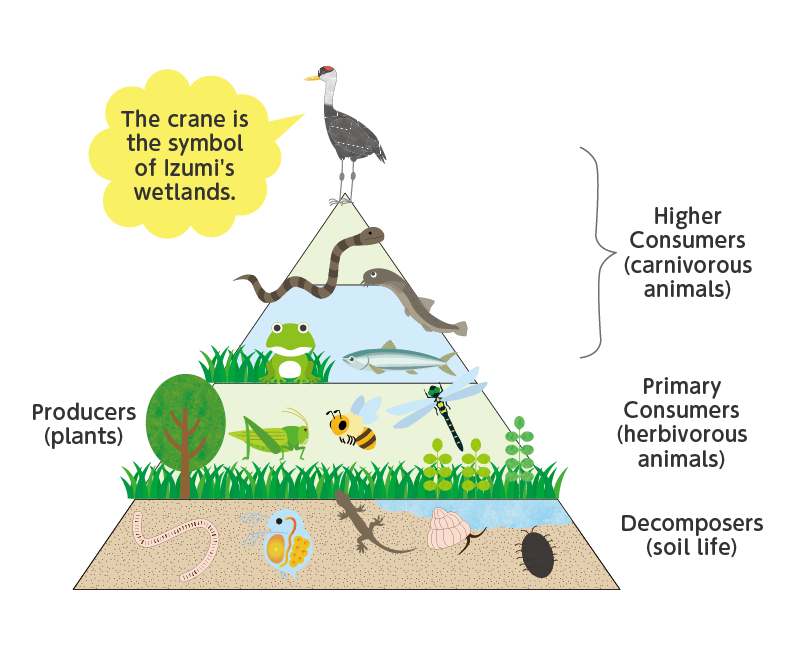
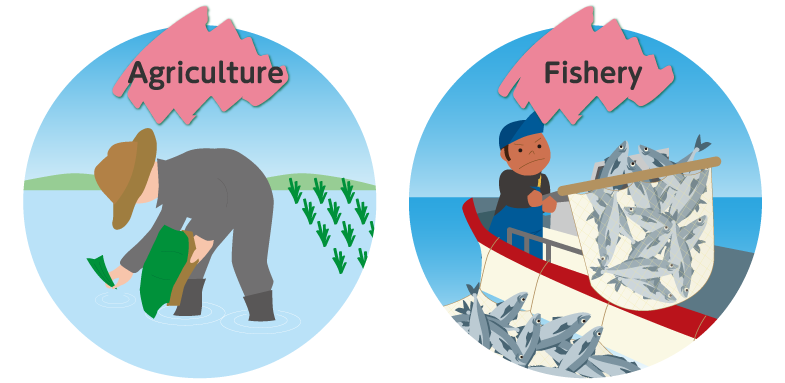
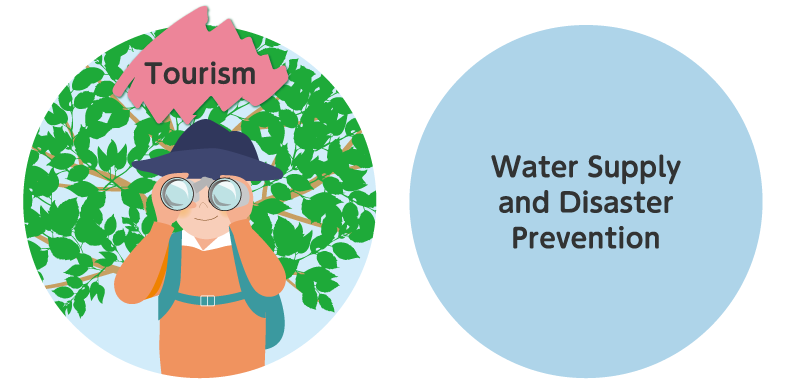
Wetlands Definition
Under the Ramsar Convention, wetlands are defined as follows: "areas of marsh, fen, peatland or water, whether natural or artificial, permanent or temporary, with water that is stagnant or flowing, fresh, brackish or salt (sea water), including areas of marine water not exceeding a depth of 6 meters at low tide."
(Examples) wetlands, lakes, dams, rivers, reservoirs, springs, rice paddies, reservoirs, groundwater systems, salt marshes

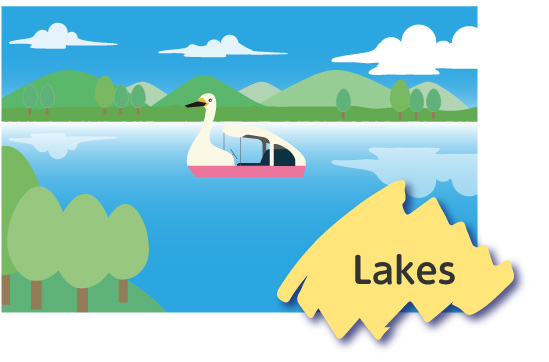
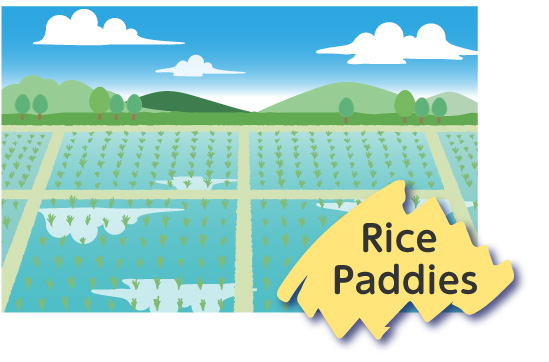


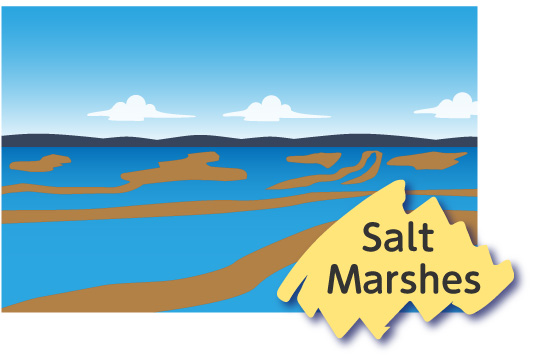
The 3 Pillars of the Ramsar Convention
The objectives of the Convention are wetland conservation (and restoration), the wise use of wetlands, and CEPA to promote these aims. These 3 pillars form the foundation of the Convention.
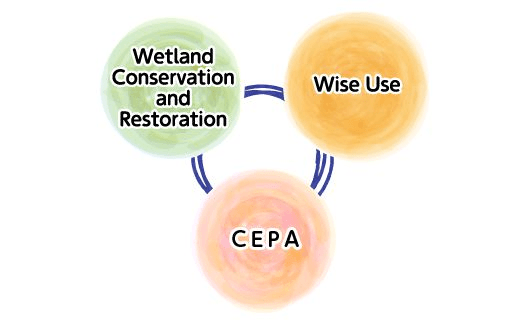
①Conservation and Restoration
To work towards the wise use of all their wetlands.
②Wise Use
To designate suitable wetlands for the list of Wetlands of International Importance (the “Ramsar List”) and ensure their effective management.
③CEPA(Communication, Capacity building, Education, Participation and Awareness)
To cooperate internationally on transboundary wetlands, shared wetland systems and shared species.
Criteria for Wetlands of International Importance
Izumi Wintering Habitat of Cranes, the registered wetland of Izumi City, meets four of the nine international standards: Criteria 2, 4, 5, and 6.
- Criterion 1:
- A wetland should be considered internationally important if it contains a representative, rare, or unique example of a natural or near-natural wetland type found within the appropriate biogeographic region.
- Criterion 2:
- A wetland should be considered internationally important if it supports vulnerable, endangered, or critically endangered species or threatened ecological communities.
- Criterion 3:
- A wetland should be considered internationally important if it supports populations of plant and/or animal species important for maintaining the biological diversity of a particular biogeographic region.
- Criterion 4:
- A wetland should be considered internationally important if it supports plant and/or animal species at a critical stage in their life cycles, or provides refuge during adverse conditions.
- Criterion 5:
- A wetland should be considered internationally important if it regularly supports 20,000 or more waterbirds.
- Criterion 6:
- A wetland should be considered internationally important if it regularly supports 1% of the individuals in a population of one species or subspecies of waterbird.
- Criterion 7:
- A wetland should be considered internationally important if it supports a significant proportion of indigenous fish subspecies, species or families, life-history stages, species interactions and/or populations that are representative of wetland benefits and/or values and thereby contributes to global biological diversity.
- Criterion 8:
- A wetland should be considered internationally important if it is an important source of food for fishes, spawning ground, nursery and/or migration path on which fish stocks, either within the wetland or elsewhere, depend.
- Criterion 9:
- A wetland should be considered internationally important if it regularly supports 1% of the individuals in a population of one species or subspecies of wetland-dependent non avian animal species.
Certification Requirements in Japan
Japan recognizes wetlands that meet the following conditions for certification.
- Condition 1:
- It must be a Wetland of International Importance (must meet at least one of the international criteria).
- Condition 2:
- Over the long term, the natural environment must be preserved according to Japanese laws (the Nature Parks Act and the Wildlife Conservation and Management Act).
- Condition 3:
- The local community and others must support this registration.
- Top
- What is the Ramsar Convention?
- An Overview of the Ramsar Convention

